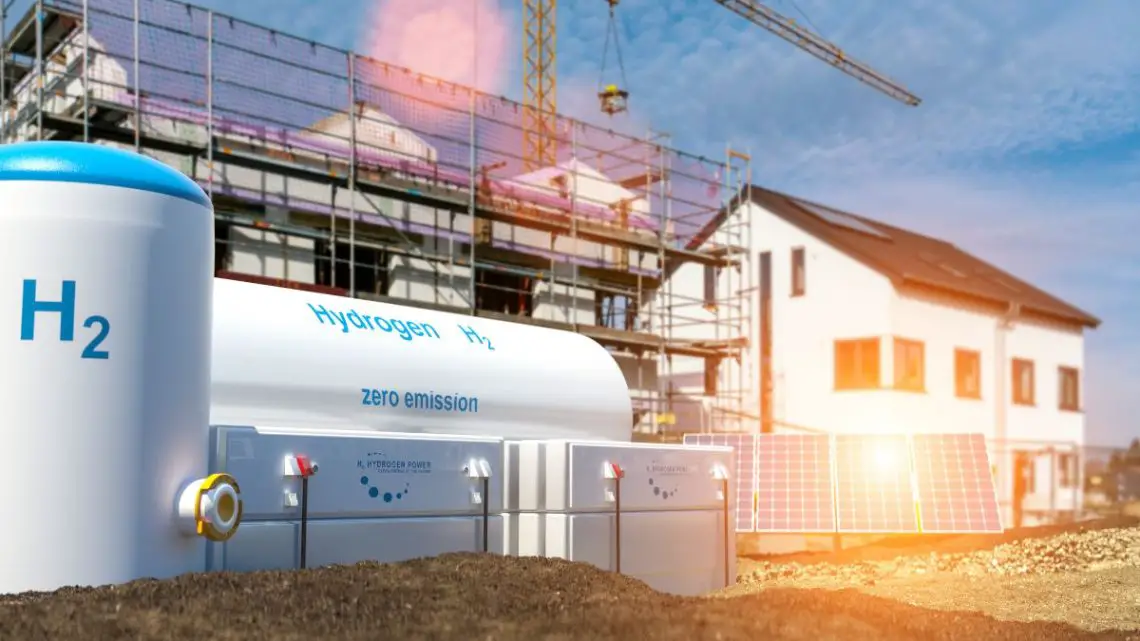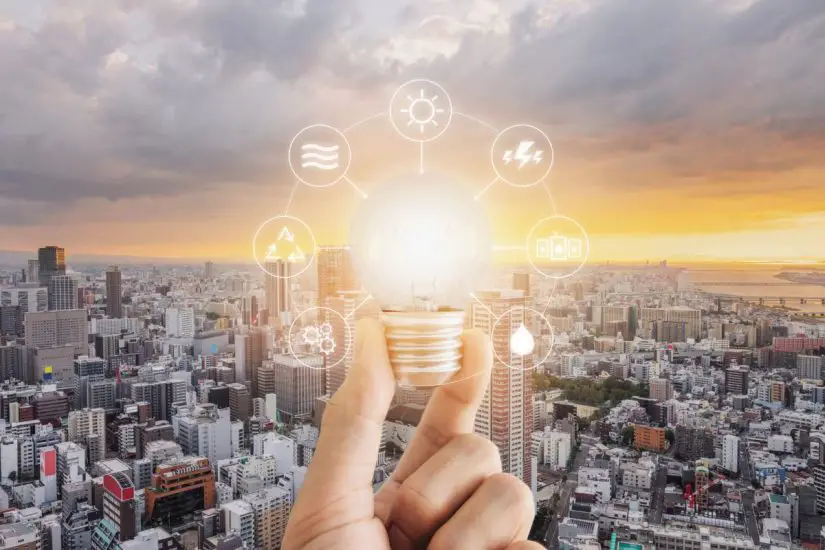
Italian researchers say they have created a hydrogen house
September 29, 2022The structure is claimed to be the first zero-emission home in Europe and is equipped with fuel cells.
Italian researchers claim that they have built the first zero-emission home in Europe by creating a hydrogen house equipped with fuel cells.
The zero-emission home design was developed by University of Sannio scientists.
The University of Sannio researchers worked in a collaboration with private companies to create the hydrogen house. Instead of relying on the grid, all its electricity is produced using fuel cells on site.
“Lately, we have focused on the issue of CO2 emissions in the environment and worked on the idea of using hydrogen to make this house a completely self-sufficient system,” explained University of Sannio Dean Gerardo Canfora.

European countries, companies and individuals are seeking alternatives to their reliance on fossil fuels in the face of the current energy crisis. This complements an overall effort to transition to energy sources that will reduce – or ideally eliminate – carbon dioxide (CO2) emissions. The newly designed home is meant to tick both boxes. With the added drive to cut off reliance on Russian energy, the creation of this building is particularly timely and will provide useful real-world information about the use of H2 to power and heat residences and commercial buildings.
The Benevento building hydrogen house is used for student housing while being a living laboratory.
At the same time that the structure provides a home for university students, it will also function as an experiment in real-life circumstances for assessing the advantages and limitations of using H2 technologies for decarbonizing future homes, offices and other buildings.
The University of Sannio research team said that the H2-powered fuel cells generate both the building’s electricity and its heating. Furthermore, the building also uses solar and geothermal energy to generate additional renewable power, allowing it to achieve a fully “zero-emission building” status.
Design and construction assistance for the hydrogen house was provided by technical research center for sustainable construction, the Stress Consortium. The idea is to use the building to inspire upcoming home and business power plans through the use of fuel cells that are powered by H2.



 With over 15 years of reporting hydrogen news, we are your premier source for the latest updates and insights in hydrogen and renewable energy.
With over 15 years of reporting hydrogen news, we are your premier source for the latest updates and insights in hydrogen and renewable energy.
Hans-Olof Nilsson of Nilsson Energy completed this already 2015
And the Swedish utility Skellefteå Kraft has proven this in Arctic/subarctic climate as well.
Link: zerosun.se/
Hydrogen fuel cells are great.
Around many homes there is not much space to hold a huge hydrogen storage tank.
Many homes have infrastructure to directly receive natural gas.
All homes have infrastructure to receive electricity.
It is much easier to distribute electricity by wires than running pipes to deliver hydrogen or natural gas.
Storage is a challenge for both electricity and hydrogen.
Both bleed off energy when stored. Because hydrogen is a gas it can escape through the smallest of leaks when under such high pressure. Batteries discharge over time when storing energy.
Fortunately, neither should be harmful to the environment when leaking.
It should be easier to build out the electrical infrastructure. Hydrogen gas infrastructure might be able to reuse natural gas or petroleum gas pipe lines.
Right now, electrical energy seems to be leading because home owners can buy into the use of electricity for battery operated vehicles. Only few hydrogen vehicles exist for consumers. Only few hydrogen filling stations exist for consumers. Whatever may come, we are in for an exciting future. Hopefully the oil companies can help and repurpose their pipelines and their fueling stations for the future.
PICEA – homepowersolutions.de has already carried out quite a few projects Very interesting But relatively expensive. Maybe for facilities where there is no adequate infrastructure.